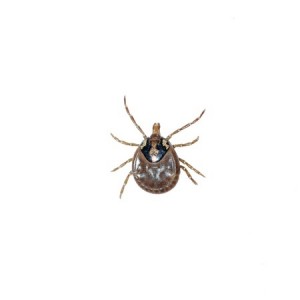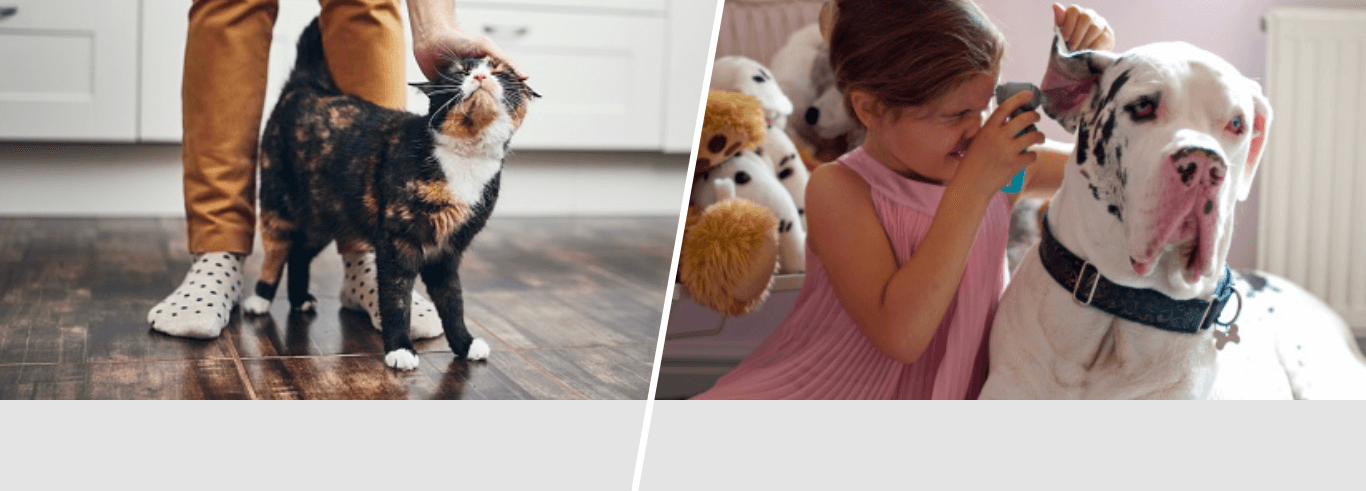How to remove a tick from a dog
Most pet owners anticipate the discovery of a tick in their dogs’ fur with trepidation – and for good reason. Ticks are dangerous due to their ability to transmit disease to animals and humans alike.
What is a tick?
A tick is a parasitic arthropod that lives in tall grass, wooded areas and fields which attaches to mammals using hooked mouthparts in order to feed on their blood.
Signs your dog has a tick
As a tick can take up residency on your pet anywhere from a few hours to a few days, frequent searches of your dog’s fur should be carried out after walks in order to locate and deal with any unwanted pests. These are the things to look out for:
- Small bumps on skin
- Skin irritation
- Red inflamed skin
As tick bites can cause fevers, joint swelling and a host of other ailments, if you do find a dog tick on your pet it is important to deal with it swiftly and effectively.
Read on for preventative hints and tips as well as detailed information on removing a tick from your dog.
Preventing your dog from getting ticks
To prevent your dog from acquiring a tick in the first place, your vet can recommend products such as shampoos or specially treated collars. In addition to these topical treatments, reduce the chances of your dog coming in to contact with a tick by keeping grass short and plants trimmed. You might even consider treating outdoor areas or garden spaces with specially designed, environmentally-safe, tick repellent.

How to remove a tick from your dog
Despite all our best efforts to protect our pets, the likelihood of your dog picking up a parasite like the tick is fairly common, so it is best to be prepared to deal with the situation at home.
After a long walk in a wooded area, it is a good idea to pop on a pair of latex or rubber gloves and run your hands all over your dog, paying close attention to the spots where ticks like to hide including the ears, neck and skin folds.
Rubber gloves are essential to protect yourself from catching infections like Lyme disease if you do come in to contact with a tick.
What does a tick look like on a dog?
Depending on its life stage, a tick can be anything from the size of a pencil point to a lima bean so you need to check fur thoroughly – especially on long-haired breeds.
If you do locate a tick, the next step is to remove it using the correct tools.
Dog tick removal
The person removing the tick should wear rubber or plastic gloves or, in the absence of gloves, protect their fingers with tissue or paper.
Step 1: If using fine-tipped tweezers: Grasp the tick as close to the host’s skin as possible and pull upwards with steady, even pressure. Do not twist or jerk the tick as this may leave the mouth parts embedded, or cause the tick to regurgitate infective fluids. Remove any embedded mouth parts with tweezers or a sterilised needle.
Step 2: If using a tick hook remover tool: slide the two prongs of the tick hook tool either side of the tick’s body until it is secure. Gently turn the tick hook tool either clockwise or anticlockwise and the tick should detach after 2-3 rotations.
Step 3: DO NOT squeeze or crush the body of the tick as its fluids (saliva and gut contents) might contain infective organisms.
Step 4: DO NOT handle the tick with bare hands as an infection may enter through breaks in your skin or elsewhere if you touch eyes, nostrils or mouth.
Step 5: After removing the tick, disinfect the bite site and then wash your hands with hand wash/soap and water.
Step 6: Keep the tick for identification purposes in case you become ill within several weeks. Store the tick in a sealed plastic bag in a freezer and label the bag including the date of the bite. Your doctor can use the information to assist in making an accurate diagnosis. Although not every tick carries Borreliosis or any of the associated infections, the immediate removal of an attached tick is recommended.
DO NOT use petroleum jelly, any liquid solutions, or freeze or burn the tick, as this will stimulate it to regurgitate its stomach contents, increasing the chance of infection.
If you are struggling to remove the tick or feel your dog is in discomfort, contact a vet.
Now you know how to safely remove a tick from your dog, keep them protected with Argos Pet Insurance provided by Pinnacle Insurance Ltd. Explore our dog insurance policies today.
Argos Limited is an Appointed Representative of Home Retail Group Insurance Services Limited (HIS). HIS is authorised and regulated by the Financial Conduct Authority (register number 314050). Registered office: 33 Charterhouse Street, London, EC1M 6HA (registered in England and Wales, no 04109436). HIS act as an introducer to Pinnacle Insurance Ltd, who sell, administer and underwrite the policy and who are authorised by the Prudential Regulation Authority and regulated by the Financial Conduct Authority and the Prudential Regulation Authority (register number 110866). Registered office: 4th Floor, Limelight, Elstree Way, Borehamwood, Hertfordshire, WD6 1JH (registered in England and Wales, no 01007798). HIS and Pinnacle Insurance Ltd are not part of the same corporate group.
We do not provide personal recommendations to customers.
 Sorry, our lines are now closed
Sorry, our lines are now closed





